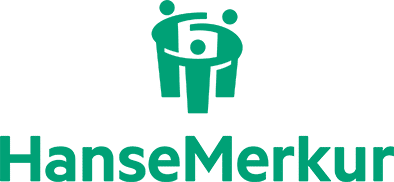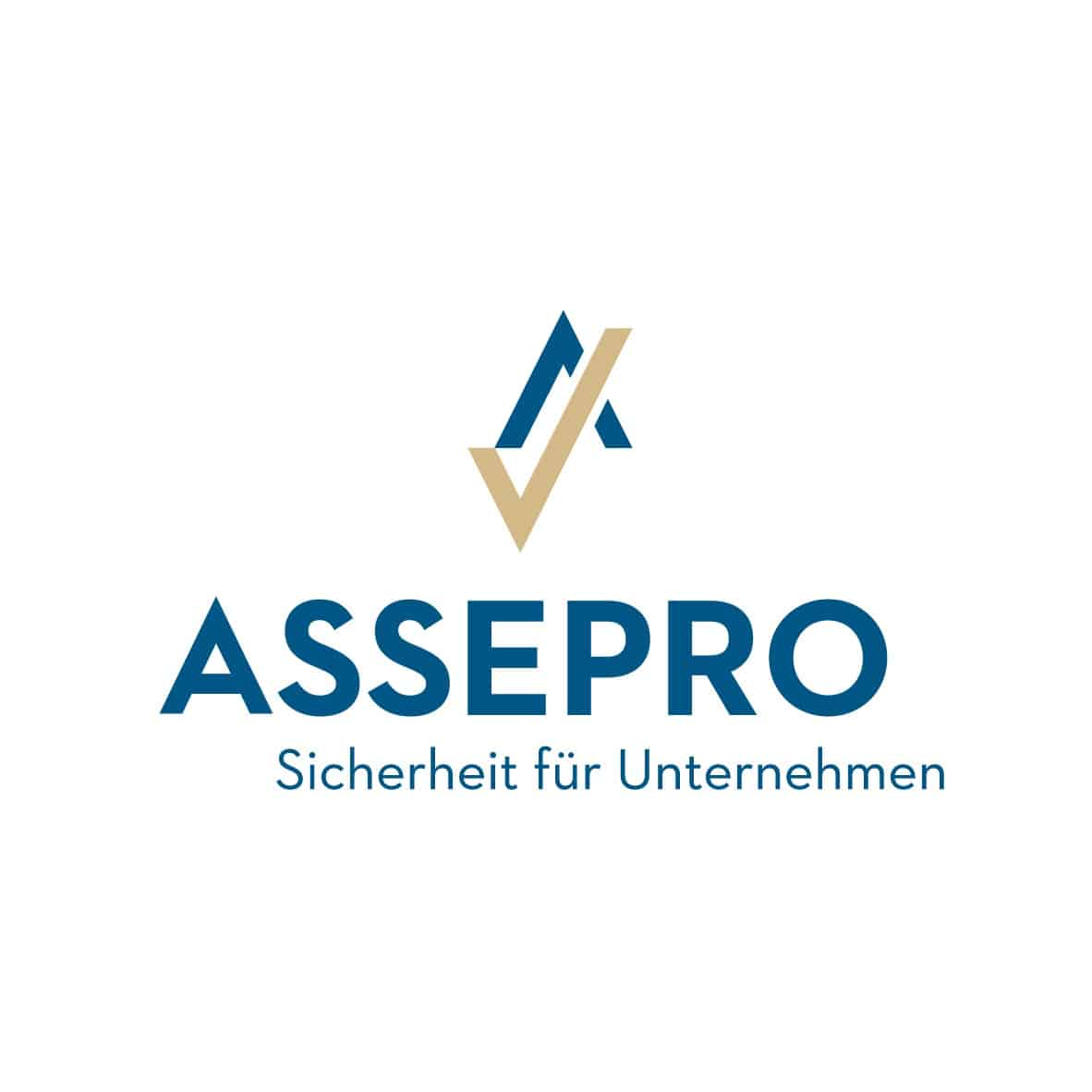How Insurance Fraud Can Be Detected?
3 Februar, 2025 | Aktuell Interviews Nicht kategorisiert
‘Voices of Fraud: A Complete Guide to Insurance Fraud and How to Detect It’ is the title of the new book by Mauro Nadav, a fraud prevention expert and pioneer in speech analysis technology. Nadav has been involved in fraud detection and technology for more than two decades and has played a major role in transforming the way organisations detect and prevent fraudulent activities. For 20 years, he pioneered the Nemesysco Layered Voice Analysis (LVA) technology in Brazil.
thebrokernews is talking to Mauro Nadav, a Master of fraud detection and Fraud Solutions Expert at EmotionLogic about his new book, a must read for everybody in Insurance Fraud.
Mauro Nadav, what can you tell us about your extensive work with law enforcement and the intelligence services of the civil police in Rio Grande do Sul and Brazil’s capital Brasilia?
I was responsible for introducing Nemesysco’s Voice Analysis Technology in Brazil, particularly to the Civil Police Intelligence in Rio Grande do Sul, the state where I was born. To understand the significance of this, it’s worth noting that Brazil was a country where polygraph testing was practically non-existent. I trained personnel and continued assisting those trained across numerous cases they worked on. The acceptance and success in utilizing the Technology, specifically the Professional Version LVA 6.50, was so significant that after several years, even State Prosecutors began requesting assistance from the Civil Police in cases they were investigating.
I also participated in numerous Jury Trials which, in Brazil, only occur in cases involving crimes against life. As a technical witness, I had the privilege of helping prove the innocence of many individuals who had been accused of crimes they had not committed.
Between 2004 and 2006, you also taught a course for intelligence officers in Rio de Janeiro. What did you teach the spies?
They were all police intelligence officers. I gave them a mini-course about understanding the meaning of what should be comprehended as a ‚Lie,‘ how criminals and innocent people think, and finally how Voice Analysis Technology can be used in solving crimes.
Much more important than finding the guilty party is ensuring we’re not accusing an innocent person. It’s preferable to have three guilty people free than to have one innocent person paying for a crime they didn’t commit. In Brazil, approximately 20% of those imprisoned are serving time for crimes they didn’t commit. It’s likely not very different in other countries. Consider how many criminals are free – the true perpetrators of these crimes – mostly continuing their criminal activities.»
You also worked as a consultant for fraud management at Porto Seguro, the largest insurer in Latin America (2007-2009). Was this when you first came into contact with insurance fraud?
Indeed, this was my first contact with insurance fraud, and it served as an educational experience for me in the insurance industry. Initially, I was hired to install, train, and oversee the use of the Nemesysco Voice Analysis Technology. Soon after, due to my knowledge related to general crimes and fraud, they asked to hire me to help them with these matters.
I showed them fraudulent schemes that were previously unknown to them and ways to detect them.
Here’s an interesting case for your readers: One day, I requested all claim notifications that occurred over six months. As you know, each type of claim in the auto department has a certain percentage of occurrences. The most concerning are always theft cases, which represent Total Loss and require full compensation. Well, with all the data in an Excel file, I began filtering the information. I separated theft claims and then organized them by insurance brokers (both individuals and companies, since in Brazil, by law, only licensed brokers are authorized to sell insurance).
Mathematically, the percentages of claims in the company should roughly correspond to the cases associated with each broker. For example, if at a given time, car accidents represented 70% of claims, theft represented 10%, and other cases 20%, it would be expected that all claims corresponding to a particular broker would maintain roughly the same proportions. Continuing with the filters, I identified two companies whose theft claim notifications showed inverse percentages, which was statistically impossible. I informed the company, and after an investigation, they discovered these companies were committing fraud.
One of the things I discuss in my book is that human involvement remains fundamental, regardless of all existing technology. A simple exercise with an Excel file can identify frauds that might go unnoticed by other technologies.
Today you work in the department for fraud prevention products at EmotionLogic, a sister company of Nemesysco in Israel. What exactly do you do there?
As someone with extensive knowledge about fraud, combined with years of work in voice analysis, I am the person responsible for bringing this knowledge to insurance and financial companies. Due to my long experience over these years, I can explain the results presented by our solutions, which are now on a fantastic platform, to those who are just beginning to understand the world of emotions and everything that happens with a person when they are speaking with us.
As humans, our perceptions are based on what we see, the scents we smell, and what we hear. Our brains have adapted to understand our surroundings in this way.
When we are faced with a well-dressed person, wearing a pleasant perfume, well-mannered, who appears empathetic when speaking with us, we immediately believe we are dealing with a good person, an honest person.
The opposite is also true. If we are faced with a poorly dressed person, with an unpleasant odor coming from them, poorly mannered in their speech and showing little empathy, our defense signals immediately activate and we think we’re facing a criminal.
What’s interesting is that what I said about the good and honest person also describes a psychopath, and that’s when it clicks for those who thought they could read any human being.
What I’ve learned over all these years is that with the use of voice analysis technology, we truly learn to better understand human beings.
In your book you write about partial loss fraud. What do you mean by that?
In the insurance industry, auto department claims are basically divided into Total Loss and Partial Loss.
Total Loss includes all cases where the cost of repair is higher than a certain percentage of the asset’s value. This obviously includes theft cases, but also accidents involving rollovers and/or airbag deployment, as examples.
Partial Loss includes all cases where the repair cost falls below this percentage. Examples include minor accidents, scratches, wheel theft, etc.
What happens nowadays is that while insurance companies are much more concerned with Total Loss, it’s in Partial Loss where most frauds occur, and surprisingly, by what we call one-day liars. These are ordinary people, typically honest in their day-to-day behavior, who think that defrauding an insurance company is not a crime.
What are the fraud patterns you describe in the case of theft and robbery fraud in vehicle insurance?
This is an interesting question and the answer is divided into two parts.
First, there are professional criminals, the so-called car thieves who can break into any vehicle and disappear with it in seconds. Or, obviously, those who use a weapon to remove the driver from the vehicle and drive away with it.
Second, there are those who, due to necessity (and I won’t get into the merits of this), need to dispose of their vehicle to try to receive payment from the insurance company.
So we are dealing with honest policyholders who had their property taken by a criminal on one side, and dishonest policyholders who are trying to defraud the company on the other.
The dishonest policyholder needs to tell a convincing story to the insurance company. Most often, they might say they left their vehicle parked on a certain street, or that they were threatened by a criminal and forced to hand over their keys. However, what seems simple to say usually opens the door to inconsistencies. They will always have problems with the details: location, time, what they were doing in that location, duration of stay, time taken to report to the police and insurer, etc. Someone who is lying needs to appear convincing, and their concern with each word is whether they are being sufficiently convincing and telling everything in a way that seems credible.
The honest policyholder doesn’t have this problem. They are concerned about getting help, about how they will fulfill their daily tasks in the following days, like picking up children from school, going to work, grocery shopping, and whether they can receive a temporary replacement car. They will tell everything that happened in minute detail and will show all their trauma if they were threatened with a weapon.
These are the different behavioral patterns in each case, and I must say that this becomes much better understood when using voice analysis technology.
What are the current tactics in life insurance fraud?
There are many types of life insurance fraud, some involving the insured being murdered by someone interested in the insurance payout.
Generally, what we always want to know is the cause of death and whether the policy provides coverage.
The cause is always the reason for suspicion and what will be investigated. As is known, not all cases are natural deaths, and the investigation can no longer speak with the person who took out the insurance, only with the beneficiary or beneficiaries. The complicated part in these cases is typically the number of beneficiaries. Not all will necessarily be involved in the fraud, but everyone needs to be interviewed.
There are also cases of self-mutilation that aren’t always easy to distinguish from various natural accidents that can occur. For example, a carpenter who loses a finger in their woodworking shop. However, a lumberjack who loses a finger while using an axe would raise questions about how it happened if they were supposed to be holding the handle with both hands.
In my book, I describe a type of life insurance fraud using bodies that occurs in India which is worth knowing about.
Not only patients, but also doctors, defraud health insurance companies with false medical histories. What is the nature of their fraud?
This is a type of fraud that seems impossible to ordinary people, after all, doctors are like priests, rabbis, imams – people who preserve life and wish humanity well. I apologize for being the one to tell you that real life is quite different. In many prisons, there are wings for the ‚converted to faith,‘ many of them repeat offenders. And in prisons, there are also doctors who have committed crimes.
The nature of patients‘ fraud is to gain an advantage. It might be getting time off for a non-existent illness, or being able to legally purchase drugs. As for doctors, it’s pure greed and the desire to make more money.
In both cases, the use of voice analysis technology is quite efficient in finding suspects who might be committing fraud.
How can insurance companies prove property insurance fraud? For example, when claiming for non-existent goods in the event of fire or flooding?
Let’s assume that initially it was confirmed there was no criminal action and this might be an attempt to take advantage of the situation and inflate the loss.
First, every fire and flood must have been photographed, and when claiming for a particular item, verify if it appears in the photos, or could have been in a closed compartment that was also affected. If items were inside a safe, the safe must be opened to confirm the loss.
Then, we check if the goods being claimed from the insurance company are compatible with the policyholder’s lifestyle. A loss of an object worth hundreds of thousands of dollars is not compatible with someone who earns only tens of thousands per year.
We will seek to know the origin of the object, if there is proof of purchase, etc. In my book I say: ‚What makes property fraud complex is the interplay between physical evidence and documentation. Unlike vehicle fraud, where we can reference standard values and repair costs, property claims often involve unique items or structures with subjective valuations.‘ Here again enters the incredible capability of voice analysis in detecting the policyholder’s intention to be dishonest, which allows for a more precise, determined, and rigorous investigation.
You mention language analysis as a key technology, which identifies deception in the language of the claimant. Why is this technology superior to others?
I wouldn’t say it’s superior, but rather compatible and complementary to what insurance companies already use.
Look, insurance companies worldwide have been using scoring solutions for more than 50 years. There’s no doubt they are efficient, however they are only capable of detecting 8 to 10 percent of claims as possible fraud cases. After investigation, only 2 percent were proven fraudulent. We know that approximately 25 percent of claims contain elements of fraud, so they aren’t detecting all frauds. Many claims analysts are excellent professionals with years of knowledge and a kind of sixth sense for detecting fraud, but let’s agree, more is needed if a company wants to improve its fraud prevention rate.
Voice analysis technology isn’t based on the fraud rules of scoring solutions, which are based on past cases. Nor is it magic or comes with a sixth sense. It’s pure mathematics, algorithms capable of detecting changes in bio-markers existing in human voice frequency, which literally strip bare and show us how the policyholder is feeling at this exact moment when they’re telling us what happened. With this, it’s capable of pointing out the risk present in speech.
In this way, it prevents honest policyholders from being investigated due to certain rules that applied to them. It also avoids investigations based purely on intuition and reveals new frauds at the moment they’re being attempted and were previously unknown.
With the use of this technology, insurance companies can detect much higher percentages of fraud, saving money on fraudulent payments and treating their policyholders better, and why not, offer cheaper insurance that benefits a greater number of people.
Is there something like trends in insurance fraud?
After more than two decades working with insurance fraud, I can say that the trends are quite clear and concerning.
Today’s fraudsters have evolved far beyond simple document forgery. The digital age has brought sophisticated tools that were unimaginable when I started in this field. Artificial intelligence now enables the creation of remarkably convincing fake documents and evidence. Deepfake tools make it possible to manipulate video and audio recordings that can fool even experienced investigators. Criminal networks have become more sophisticated, operating across borders with complex social engineering operations and digital identity manipulation.
This evolution in fraud techniques has naturally accelerated the development of detection systems. As investigators, we now have powerful tools at our disposal. Advanced analytics, powered by artificial intelligence and machine learning, can identify signs that would be impossible for humans to detect manually. But it’s important to understand that technology alone isn’t the solution – the human element remains crucial in understanding context and making more nuanced judgments.
I see several critical challenges that will shape the future of fraud detection. The first is keeping pace with criminal innovation while managing ever-increasing volumes of data securely. We must also balance automation with human expertise. As I always tell my clients, voice analysis technology is a powerful tool in this scenario, as it allows us to detect signs of fraud in real-time while still maintaining the human element in the investigation process.
I discuss these trends and many others in detail in my book, and I invite everyone to read it to better understand the evolving landscape of insurance fraud.
As an absolute professional in your field, what do you recommend to insurers in the ongoing fight against insurance fraud?
I believe we all must keep up with the development of new technologies and be prepared for both the good and bad they bring – the benefits and harm they can cause.
No matter how experienced we may be, with all the knowledge we’ve acquired over the years, we must recognize that our humanity leads us to desire an ideal world, but it doesn’t exist yet.
Every day, thousands of frauds are being committed against insurers worldwide, causing billions of dollars in losses.
Fraud is not acceptable, it needs to be fought, and this is the challenge we have ahead. Old solutions are no longer sufficient to protect insurance companies, and only through the acceptance and implementation of new technologies will we be able to combat fraud effectively. Don’t be afraid that we will be replaced – the new technologies, no matter how much analytical capacity they possess, need a human being behind them. Someone with knowledge about how fraud is committed and what humans are capable of. The future is about cooperation.
Regarding my last question: specialists like you have known the Chinese start-up DeepSeek, which specialises in advanced language models and AI, for quite some time. What do you think of it?
DeepSeek has been around for a while now, and I’m sure it’s here to stay. It’s a great AI and perfectly meets my needs for my own use.
Read also: FeelGPT & AppTone: AI and Voice Analysis Tools for Fraud Detection in the Insurance Industry




